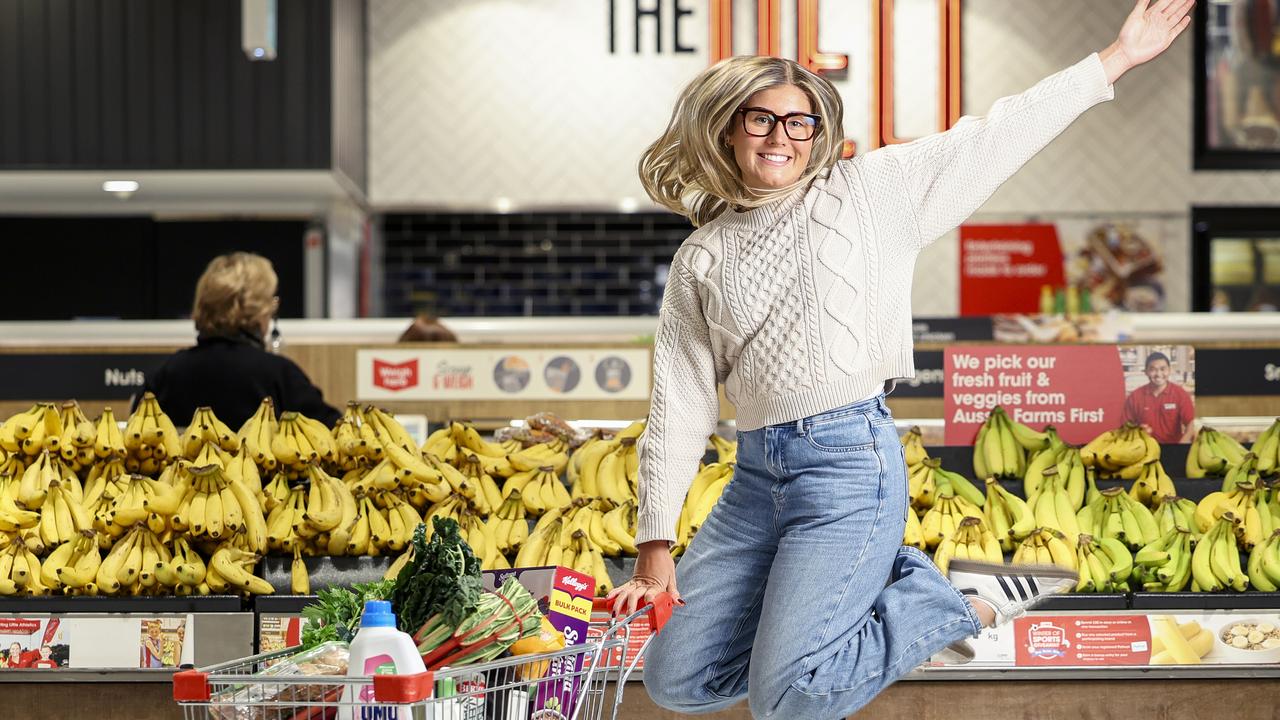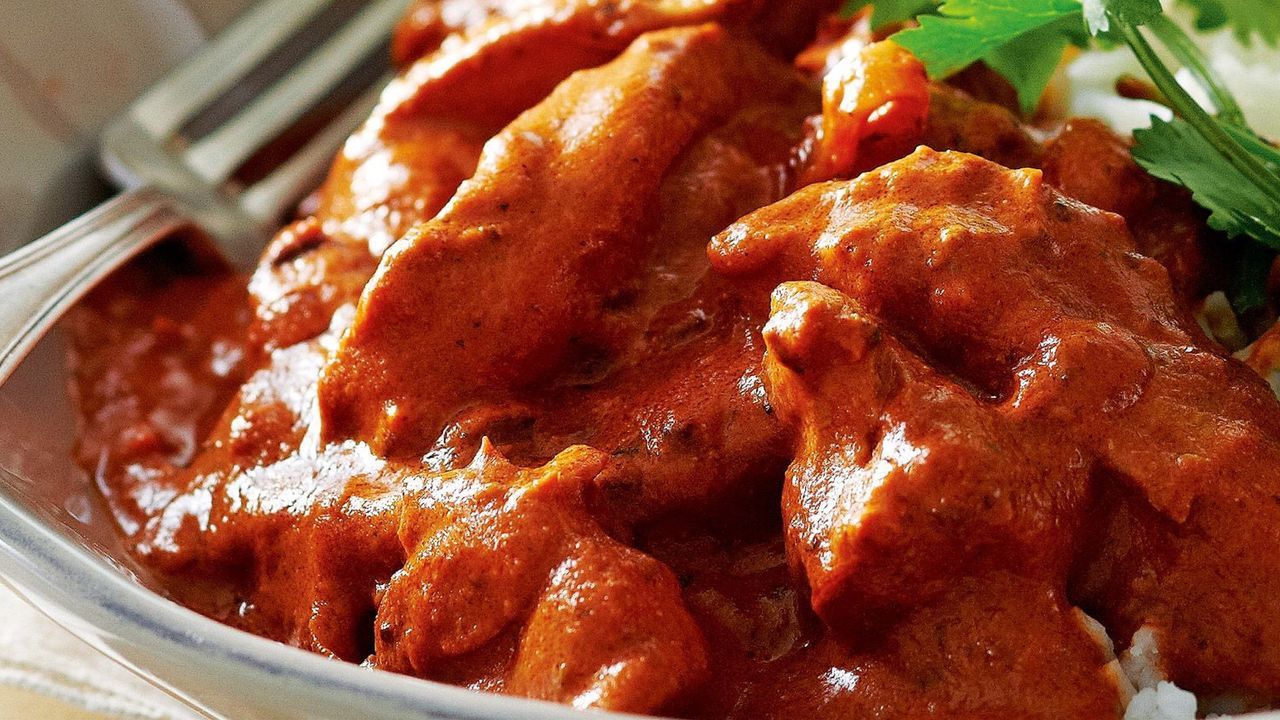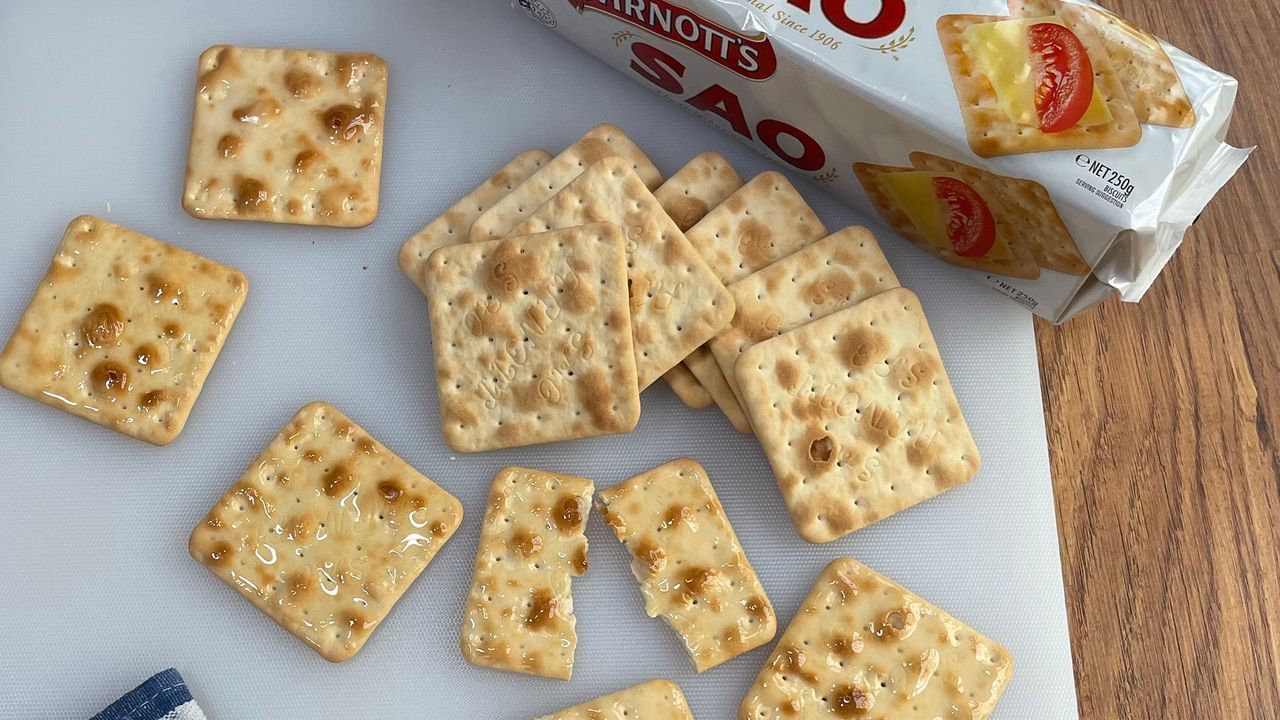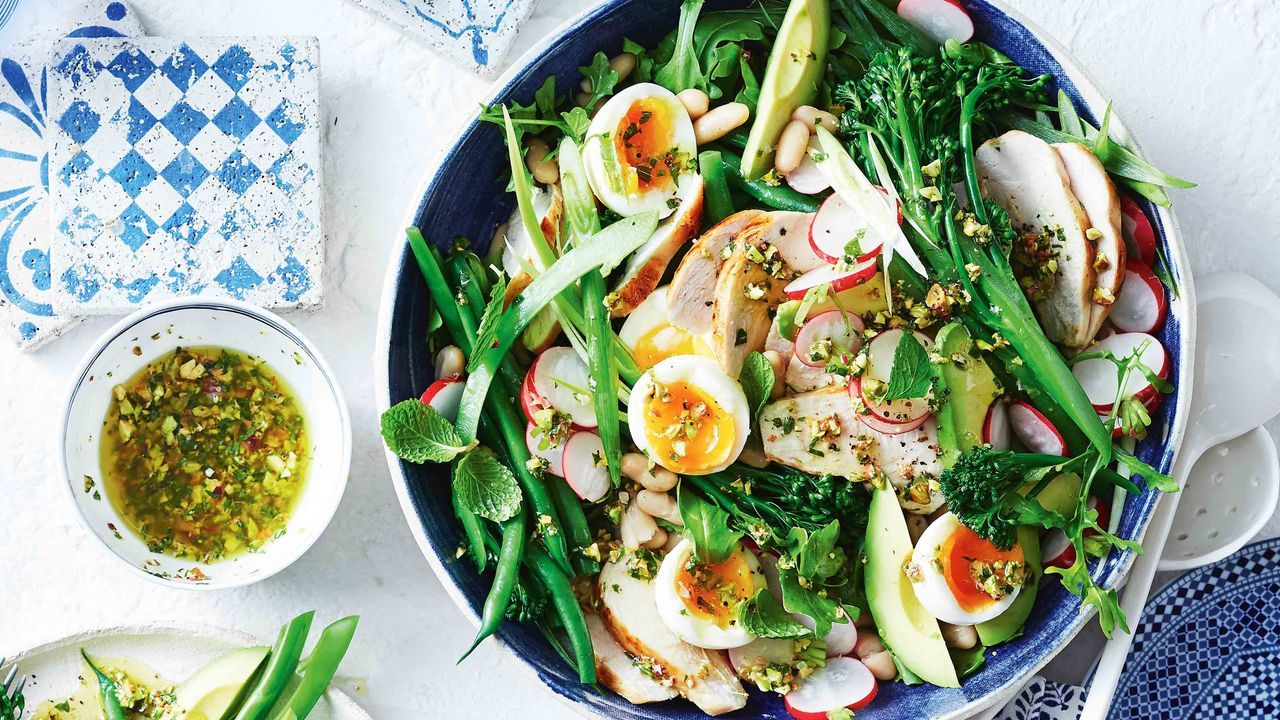How to make perfect pancakes
The perfect first pancake every time.
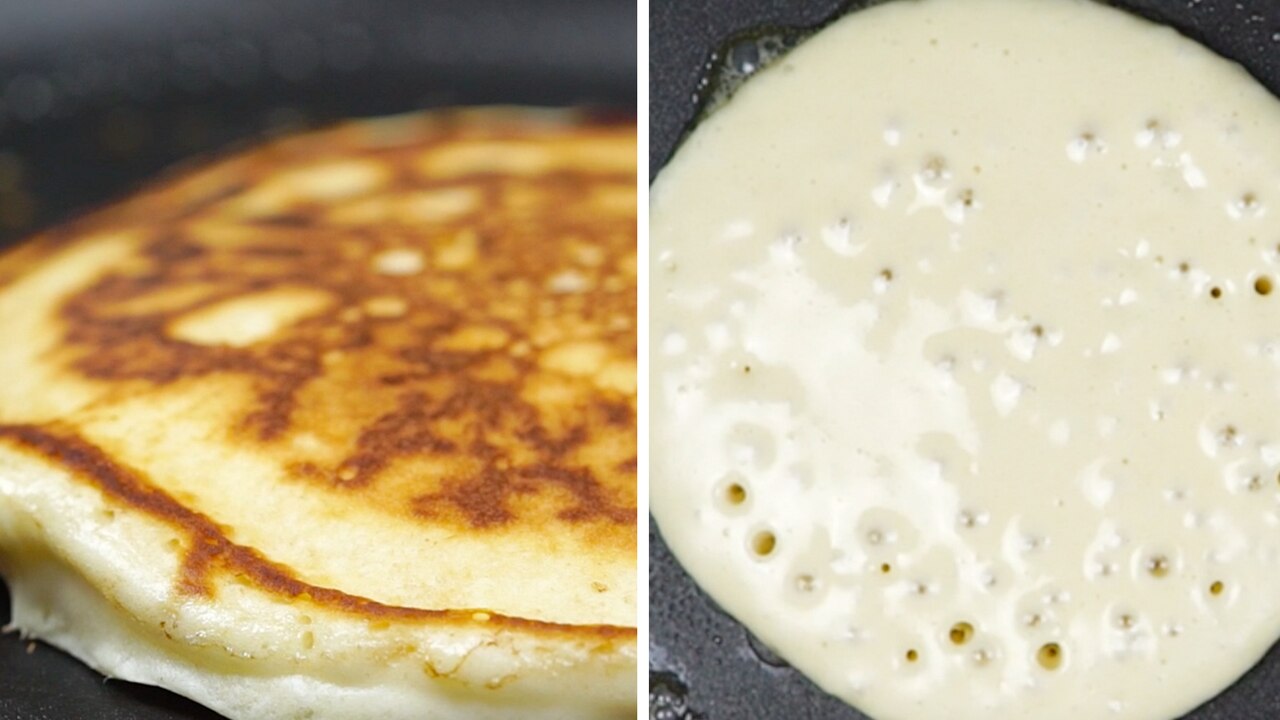
Food
Don't miss out on the headlines from Food. Followed categories will be added to My News.
The next few pancakes are good, evenly golden, cooked through, but then a burnt mess sometimes happens towards the end of the batch, with a raw surprise inside. Sunday morning pancake cooking somehow turned into a stressful task (everything a Sunday morning shouldn’t be).
That was, until I read our Food Director Michelle Southan’s genius pancake tips. Seriously, I live by these rules now and can see exactly where I was going wrong.
Lumpy batter is GOOD
It may sound surprising, but Michelle says if she was only able to give one pancake tip it would be this: “don’t mix the batter too much”. She explains, “over-mixing stops the raising agent from aerating, which results in a tough, dense dough and therefore rubbery pancakes.” So, make sure to mix the ingredients until they’re JUST combined – lumps in the batter are allowed (this one time).
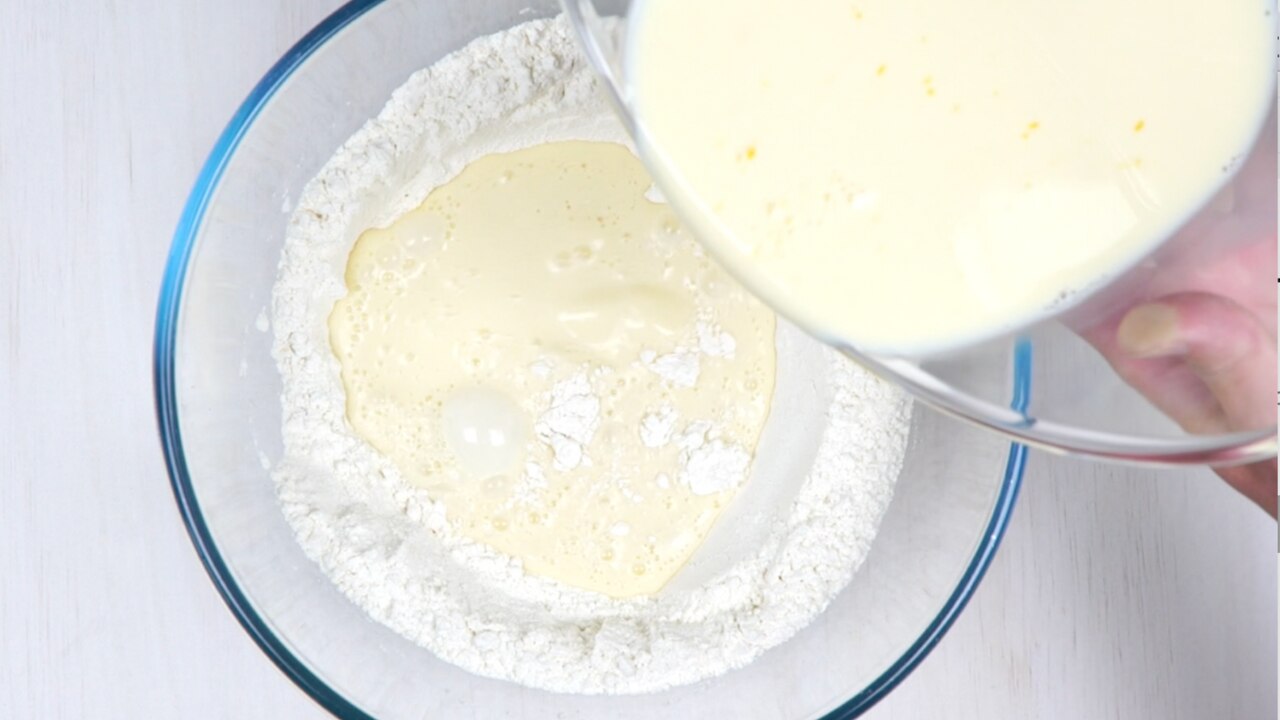
When to flip your pancakes
You’ll know when to flip if you wait for this one sign: Bubbles.
Once lots of bubbles form on the surface of the pancakes and start to pop, it’s time to flip. Expert recipe tester Kim Coverdale warns that bubbles can sometimes appear prematurely, so another sign is to “wait until the edges of the pancakes start to curl”. You can check what colour the base is by gently lifting the pancake with a spatula. If golden, then you know it’s time to flip.
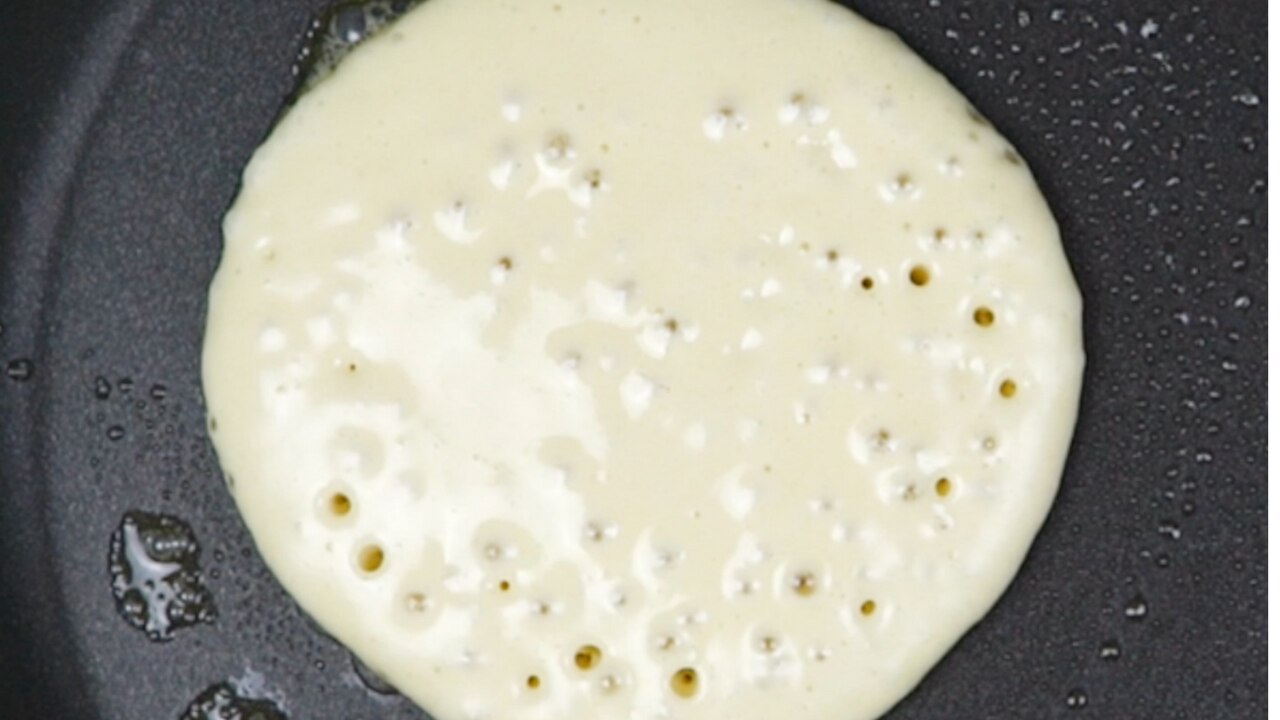
Always let pancake batter chill
Give the batter time to rest by refrigerating for 30 minutes before cooking. This resting time is crucial for fluffy pancakes, as it allows the flour particles in the batter to expand.
The temperature and pan are very important
Cooking pancakes on a medium-low heat is key. This will allow the pancakes to cook slowly, so they cook through to the centre and don’t burn. Michelle recommends using a heavy-based, non-stick frypan. The thick base means the heat on the bottom of the pan will be less intense and provide an even distribution of heat… and the pancakes are less likely to burn.
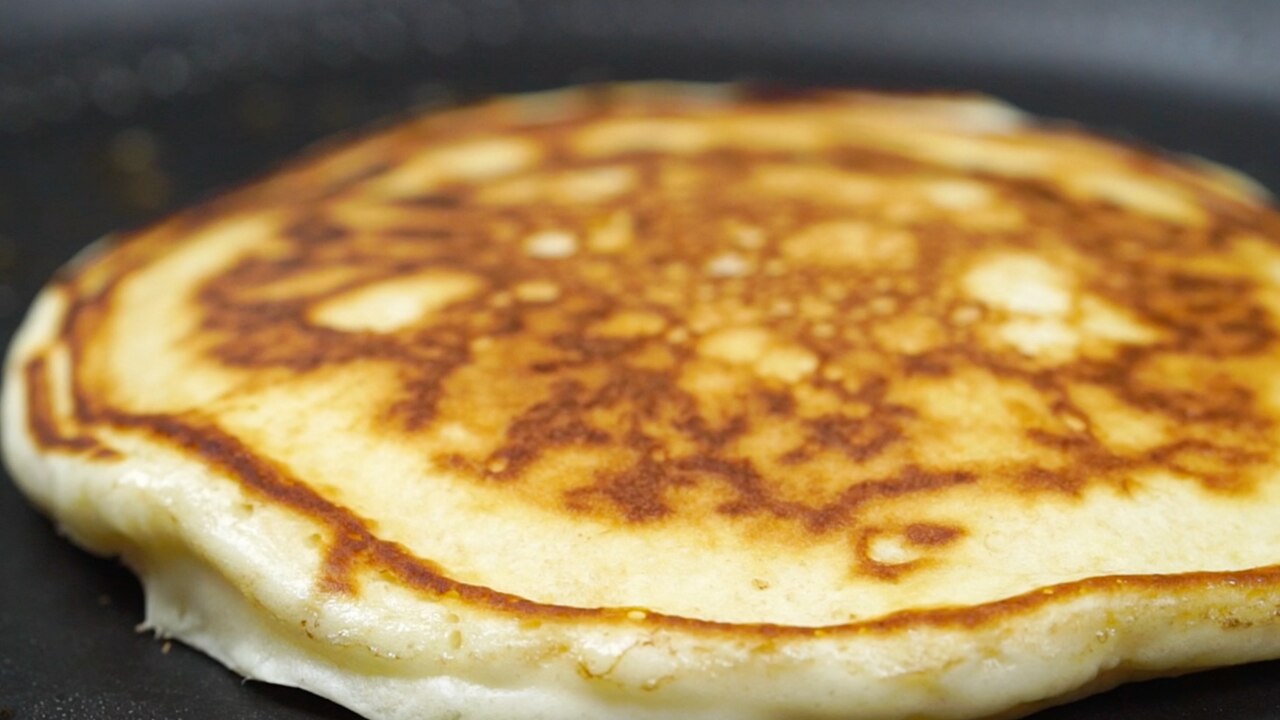
Don’t throw a knob of butter directly into the pan
Instead, melt the butter first and use a paper towel or pastry brush to coat the pan with the melted butter. This will give the pancakes a nice crispy edge. Michelle also likes to use salted butter as the slight saltiness pairs so well with the sweetness of the maple syrup.
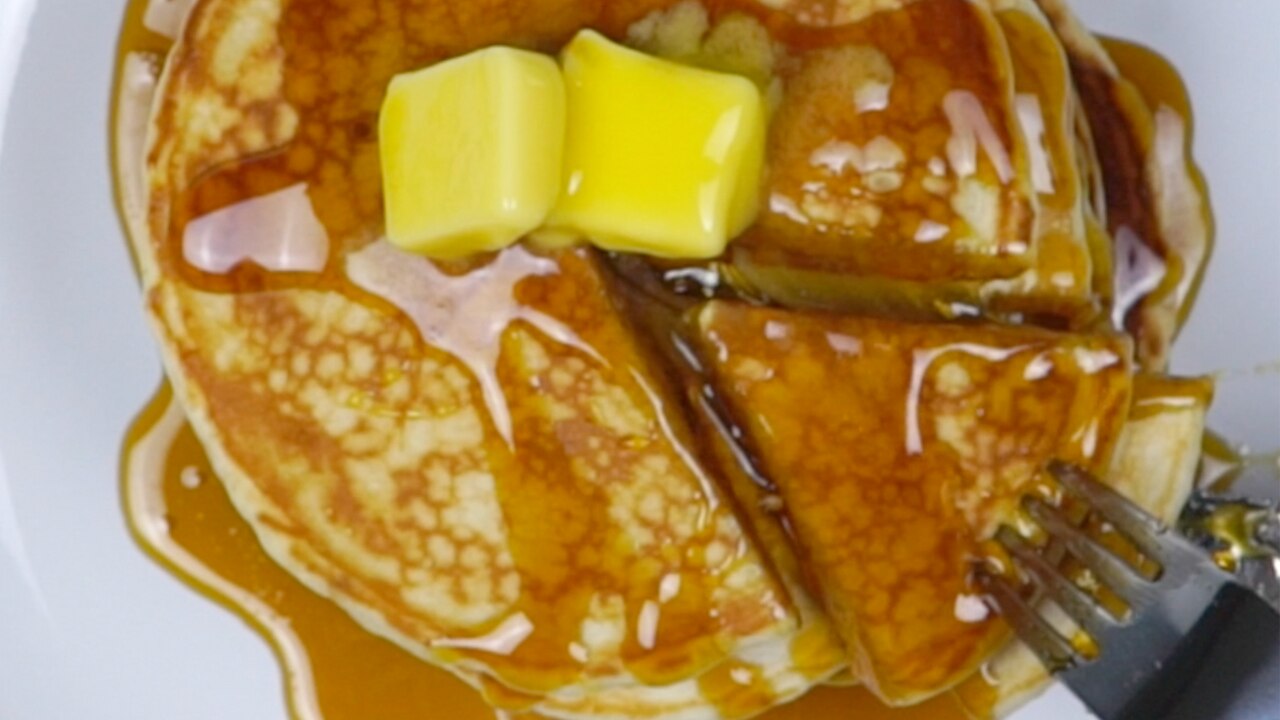
Every pancake recipe you’ll ever need:
- Easy fluffy pancake recipe
- Buttermilk pancakes
- Egg-free pancakes
- Ricotta pancakes with yoghurt, banana & honey
- Wholemeal banana pancakes
Originally published as How to make perfect pancakes


